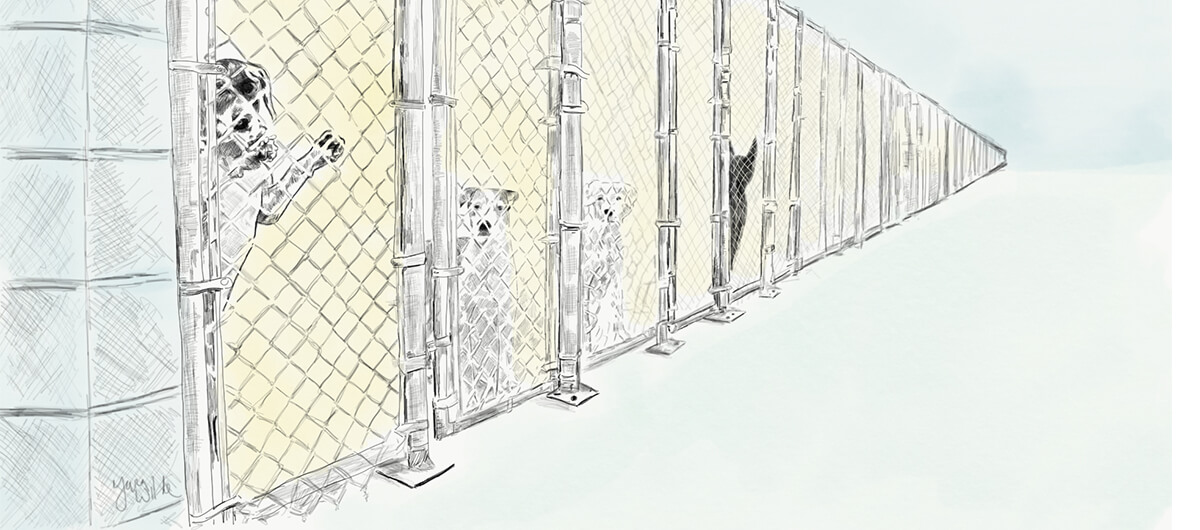Ce genre de réglementation municipale non seulement sauverait ben des animaux mais, au Québec, éviterait le transbordage des animaux perdus d'icitte vers les labos de l'Ontario par les rescues et les fourrières.
Au moins les fourrières seraient réglementées, ce qui n'est pas le cas ici. Tout leur est permis et les plaintes et dénonciations ne sont JAMAIS prises au sérieux par les fonctionnaires véreux des municipalités concernées. Il est temps de prendre la situation en main.
Nathan Winograd
Breaking News: The City of Austin just passed a sweeping new law to enshrine lifesaving protections into law.
Based on several provisions of the Companion Animal Protection Act, model legislation from the No Kill Advocacy Center, and more, the new Austin ordinance, which was approved by an 8-2 vote, codifies into law several key protections for shelter animals:
- The law requires Austin Animal Center (AAC), the municipal shelter, to notify rescuers at least two business days before killing an animal and give them the right to save the animal. It prohibits the City shelter to charge them a fee for doing so.
- It requires AAC to notify the former owner and, absent evidence of neglect or cruelty, offer them the ability to reclaim their surrendered animal to prevent killing.
- It requires AAC to notify the finder, in case of a stray, and offer them the ability to reclaim the animal to prevent killing.
- And in a first, it enshrines protections for visibly pregnant moms and their full-term puppies and kittens.
Of course, the bill has exceptions, such as animals who are irremediably suffering and dogs who have caused severe injury to a human being.
In a series of other initiatives in the law, the City Council also mandated:
- Vaccinations on intake;
- Requiring AAC to waive reclaim fees if doing so would spare the life of the animal; and,
- The most transparent shelter system in the nation by requiring public release of data on a monthly and annual basis that includes numbers impounded, adoptions, killed (and reasons why), deaths in kennel, reclaims, sterilizations, foster care, transferred to rescue, sterilized and released, and so much more.
The initiatives were crafted by former Animal Advisory Commissioner Larry Tucker, Austin attorney Ryan Clinton, Austin Pets Alive! Director Dr. Ellen Jefferson, City Council members and their staffs, and me on behalf of the No Kill Advocacy Center, my organization. The ordinance was sponsored by Council Members Leslie Pool, Ann Kitchen, Kathie Tovo, and Mayor Steve Adler.
The new law will save lives by filling in existing cracks in the safety net. Congratulations to everyone in Austin working to make a lifesaving difference.
An analysis, what it means for animals in Austin and beyond, and next steps for the City of Austin shortly…
-----------------------------------------
Who is Nathan Winograd? Learn more about me: http://bit.ly/2NBIWAP
Who is Nathan Winograd? Learn more about me: http://bit.ly/2NBIWAP

